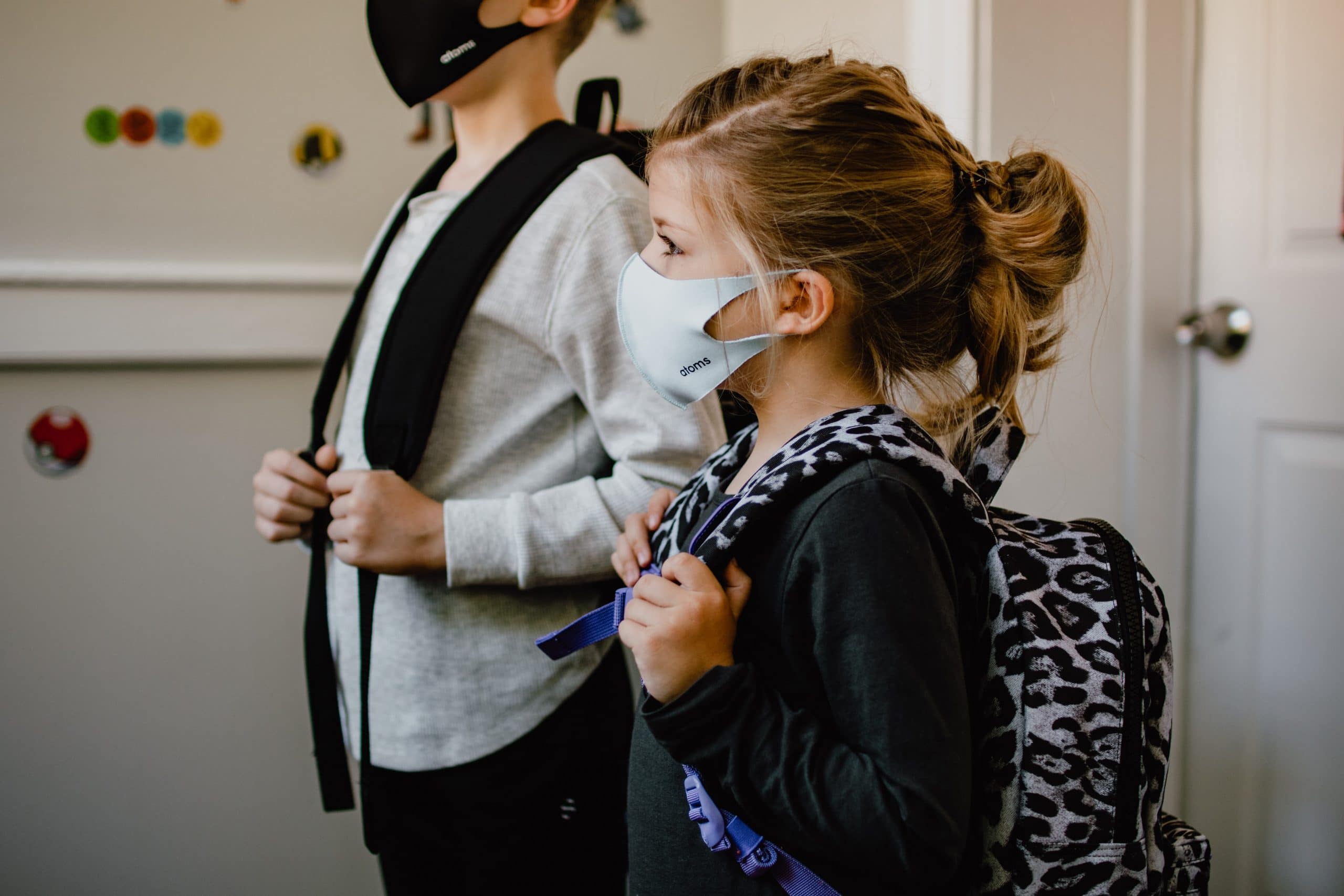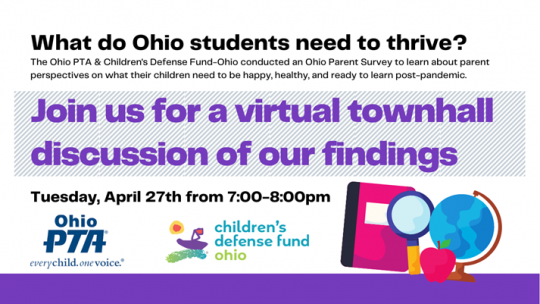Education Equity
Education Equity
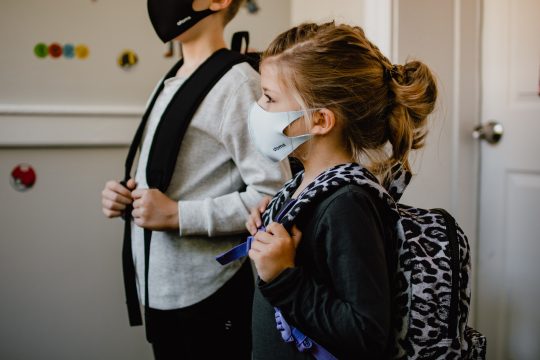 Education Equity
Education Equity
All children have the right to a quality education. After all, education is the pathway to so many positive outcomes in terms of economic stability and good health. However, not all children in Ohio are ready to learn, have access to quality educational experiences, or face barriers to realizing education opportunity.
Quality Education Experiences
In the past year, children throughout the Ohio – throughout our country – experienced school very differently. Many engaged in remote and distance learning and hybrid learning. During this time, many children and families have experienced significant disruptions in their learning resulting from lack of technology – devices, internet access, or inability to purchase subscriptions. However, a variety of programs and services from school districts, the state of Ohio, and federal grants served to remove these barriers. Despite these supports there are still continued challenges with chronic absenteeism, student engagement, and making sure that all children have the tools they need to thrive and learn.
Whole Child Wellbeing
There is a saying that “You have to Maslow before you Bloom” which references the importance of Maslow’s Hierarchy of Needs in a child’s ability to learn. The research is clear – children who are hungry, sleep deprived, stressed, suffering emotionally, are not ready to learn. In fact, the effects of stress and constant stress – also referred to as toxic stress – can rewire a child’s brain and inhibit the growth and development in certain parts of the brain. In these cases, the parts of the brain that are critical for physical survival are prioritized. However, the other important concept to keep in mind is that the brain is malleable. In other words, as a child grows and develops into adolescence there are critical periods where the brain can be rewired and this window of time extends through an adults early twenties.
Finding Unity and Common Ground: What Ohio Parents Want for their Children’s Education
Children’s Defense Fund-Ohio (CDF-Ohio) partnered with Baldwin Wallace University’s Community Research Institute (BW CRI) to conduct the first statewide poll that asks Ohio parents to weigh in on whole child approaches in education and capture the results.
Learn more about the survey and the results by downloading our reports here.
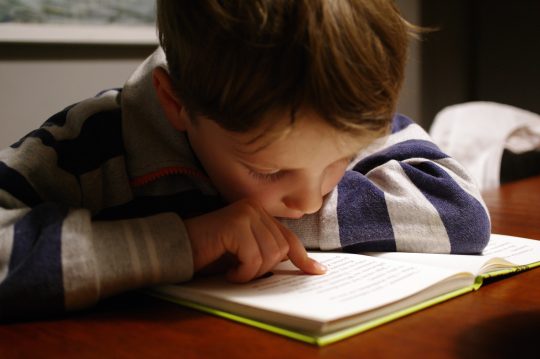 New Education Report Shows 25% of Funds for Low Income Students Targeted for Reading Improvement and Academic Support
New Education Report Shows 25% of Funds for Low Income Students Targeted for Reading Improvement and Academic Support
By Alison Paxson, Communications & Policy Associate
January 21, 2022
According to a new report from the Ohio Department of Education (ODE), the ways Ohio public school districts used economically disadvantaged funds during the last two years of COVID did not change much from the previous reporting period pre-pandemic. Read the full blog here.
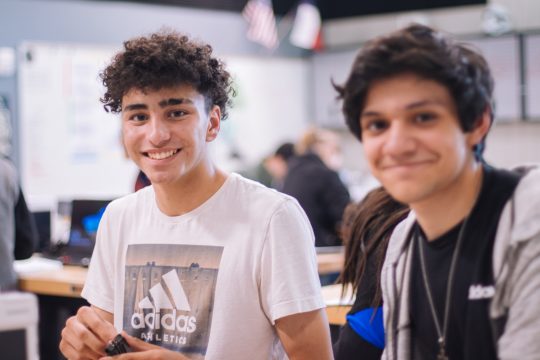 CDF-Ohio Provides Public Comment to State Board of Education on Social Emotional Learning, Whole Child and Equity-Driven Approaches to Education
CDF-Ohio Provides Public Comment to State Board of Education on Social Emotional Learning, Whole Child and Equity-Driven Approaches to Education
By Alison Paxson, Policy Associate
On December 14, 2021, the State Board of Education convened for their December meeting. CDF-Ohio provided public comment on the type of leadership qualities and commitments they should consider when determining the best candidate for the role of State Superintendent of Public Instruction.
Read the public comment we provided here.
 Cost Study Needed to Determine True Cost of Educating and Supporting Students Economically Disadvantaged in Ohio
Cost Study Needed to Determine True Cost of Educating and Supporting Students Economically Disadvantaged in Ohio
By November 29, 2021
By Alison Paxson, Communications & Policy Associate
All Ohio children deserve equitable, high-quality educations that foster opportunities for bright and thriving futures.
However, not all Ohio students have access to opportunities to unlock their full potential, and this is disproportionately the reality for Black and brown students and for students who are living in poverty, disabled, experiencing homelessness, LGBTQIA+, in foster care, learning English as a second language, returning from juvenile detention, and others who have historically experienced marginalization. For many of these students, wide disparities in access to health care, nutrition, technology, stable housing, economic stability, and other basic needs persist, limiting their “whole child” wellbeing and therefore, their preparedness to learn.
Many also have experienced the added stressors of COVID-19 that have further impacted their learning and their ability to access needed educational supports and other school-based services throughout the pandemic. New data from the 2020-2021 school year makes these impacts abundantly clear – particularly for BIPOC students and for those experiencing economic distress. Read more here.
ESSER Funds in Appalachia: An Opportunity to Support Student Wellness and Academic Success
November 9, 2021
 By Megan Cremeans, Legal Intern
By Megan Cremeans, Legal Intern
On March 12, 2020, Governor Mike DeWine ordered all schools closed…The ensuing months and trajectory of the virus resulted in the extended closure of school buildings throughout Ohio meaning that 1.6 million public school children were learning remotely or a mix of in-person and online for part of the 2019-2020 and the 2020-2021 school years. The federal government’s response to the challenges facing students, families and schools included a provision in the Coronavirus Aid, Relief, and Economic Security Act (CARES Act) focused specifically on education. This issue brief will briefly outline this opportunity for funding, allowable uses of these funds, and the unique needs in both the short and long term in regards to Ohio’s Appalachian region.
Under the CARES Act, the Elementary and Secondary School Emergency Relief (ESSER) program provides funds to schools and districts to address the impact that the COVID-19 pandemic has had and continues to have on children across the nation. Both traditional public school districts and community schools received funds, which were awarded based on the percent total of Title I funds that each entity receives. The funds have broad allowable uses for expenses directly related to the pandemic as well as “other activities that are necessary to maintain the operation of continuity of services.”
The ESSER fund at the national level is $13.23 billion, $489,205,200 of which Ohio has received. These funds are available for expenditures between Mar. 13, 2020, and Sept. 30, 2022. Ohio’s state plan for the most recent round of funding is designed to support safe in-person instruction and meet the social, emotional, and academic needs of students, especially those students most impacted by the pandemic. Schools submitted a detailed plan for their own use of funds by August 20, 2021 to the Ohio Department of Education (ODE), which outlined how they planned to, or had already, used these dollars.
 Protect Life Skills, Equity, and Healing in Ohio Schools: Prioritize Social-Emotional Learning to Support Ohio Students
Protect Life Skills, Equity, and Healing in Ohio Schools: Prioritize Social-Emotional Learning to Support Ohio Students
October 8, 2021
By Alison Paxson, Communications & Policy Associate
Ohio’s strategic plan for education, Each Child, Our Future, centers around a singular vision for prek-12 education that “each child is challenged to discover and learn, prepared to pursue a fulfilling post-high school path and empowered to become a resilient, lifelong learner who contributes to society.”
Achieving this vision for our children hinges on the critical interplay between four equal learning domains: Foundational Knowledge & Skills; Well-Rounded Content; Leadership & Reasoning; and Social-Emotional Learning. Each of these domains plays a unique role in a child’s education and bears equal weight in the wellbeing of every student in school and in life beyond K-12.
While each of these domains have come under critical focus during the pandemic with concern about the impacts of remote learning, social-emotional learning (or SEL) is a domain that has been receiving a lot of attention.
One reason is because being equipped with social-emotional learning skill sets is critically important during times of stress, uncertainty, and crisis, especially for young people. The very social-emotional learning competencies that help children learn and grow every day – such as self-awareness, self-management, social awareness, relationship skills, decision-making, and what we call “life skills” more generally – can also help them navigate the complex realities that have complicated their daily lives before, but especially since, the pandemic started.
Read more here.
 The State of School Discipline in Ohio
The State of School Discipline in Ohio
June 9, 2021
By Alison Paxson, Policy & Communications Associate
Every child contributes to the vibrancy and success of our communities. As adults, it is our job to make sure that children have what they need to thrive and flourish into adulthood – including access to health care, nutrition, safety, economic security, and good schools.
Part of a longtime organizational focus on education equity, the following issue brief presents updated data, research, analysis, and trends on the state of school discipline, school safety, and educational opportunity in Ohio, building off previous reports including,, Zero Tolerance and Exclusionary School Discipline Policies Harm Students and Contribute to the Cradle to Prison Pipeline (2012); School Discipline Policies and the Cradle to Prison Pipeline (2017), and School Resource Officers: Recommendations for Maximizing School Safety and Minimizing Risks to Ohio Children (2018).
Read our latest issue brief here.
CDF-Ohio Testifies in Support of Whole Child Wellbeing and Protecting the Student Wellness and Success Funds in HB 110
May 7, 2021
Download and read our testimony here.
What do Ohio Students Need to Thrive? Parents Respond.
The dual crisis of pandemic and economic downturn has meant increased stress and trauma not only for adults but for the children they care for as well. In recent months, schools and policymakers across the country have come together to figure out how to return children to the classroom. There are concerns about unfinished learning and children falling academically behind.
However, in all these very important conversations, we must also keep sight of the fact that children also have social and emotional needs. In fact, many behavioral health experts have even sounded the alarm that children returning schools must be screened for health needs and there must be a focus on socialization, emotional health, and stress.
The Children’s Defense Fund-Ohio recently partnered with the Ohio Parent Teacher Association to learn more about what parents want for their children as they return to school and as schools consider what instructional and non-instructional needs should be prioritized and addressed.
Join us for our virtual townhall meeting on Tuesday, April 27 from 7PM-8PM to learn more about our findings. Register here!
Resources:
Key Takeaways & Call to Action
Missed the Forum? Check out the Recording!
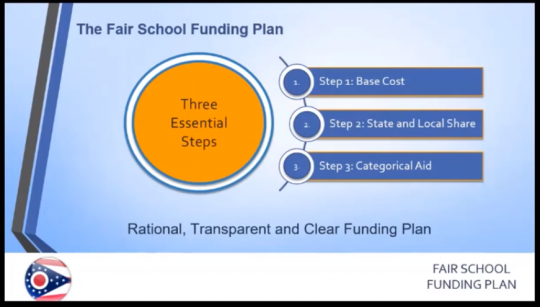 Fair School Funding Plan: A Call to Action to Invest in an Equitable School Funding Model That Does Right by Ohio’s Children & Our Future
Fair School Funding Plan: A Call to Action to Invest in an Equitable School Funding Model That Does Right by Ohio’s Children & Our Future
Tuesday, May 4, 2021 7PM-8PM – Register Here
Did you miss the event? You can watch the recorded townhall Here.
The Children’s Defense Fund-Ohio partnership with the League of Women Voters Ohio will host a panel of experts to discuss equitable public school funding on Tuesday, May 4, 2021, at 7 p.m. Learn about the Fair School Funding Plan and its focus on creating an equitable, comprehensive, transparent funding model that has potential to transform public education for 1.7 million children across Ohio.
The Fair School Funding Plan is an equitable solution to Ohio’s unconstitutional school funding system. Also known as HB 1, this plan critically reduces our state’s overreliance on local property taxes to fund school districts and brings state investment to local communities to ensure all Ohio children and families have access to the educational resources and experiences they need to thrive.
For this virtual forum, a panel of school funding experts and community voices will weigh in on critical issues facing Ohio’s school funding system, including the issues plaguing our existing system that contribute to educational inequity and opportunity gaps, the core elements of the Fair School Funding Plan that aim to tackle these issues, and the collective advocacy we can all engage in to promote the passage of a more equitable school funding model.
Download our Call to Action – Fair School Funding 5.4.2021
Featuring:
Susan Kaeser, Education Specialist, League of Women Voters of Ohio
Dr. Tracy Najera, Executive Director, Children’s Defense Fund-Ohio
John Patterson, Former State Representative (D-Jefferson) District 99
Marlon Styles, Jr., Superintendent, Middletown City School District
Ryan Pendleton, Treasurer / Chief Financial Officer
Akron Public Schools
Thomas Hosler, Superintendent, Perrysburg Schools
Katie Johnson, Deputy Executive Director, Ohio Association of School Business Officials
Steve Dyer, Director of Government Relationships, Ohio Education Association
Dale DeRolph & Nathan DeRolph
Read some of our recent articles on this topic:
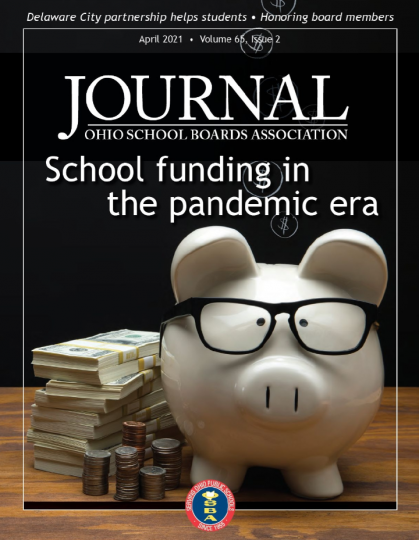 How do we return Ohio’s children to ‘normal’? Reflections on the pandemic and our children’s return to school.
How do we return Ohio’s children to ‘normal’? Reflections on the pandemic and our children’s return to school.
Posted April 2021, Ohio School Boards Association Journal
In this recent article published in the Ohio School Boards Association Journal, Tracy Najera discusses “returning to normal” for children post-pandemic and how we have learned many important lessons during this pandemic.
Posted on February 12, 2021
By Alison Paxson
Posted on January 22, 2021
By Alison Paxson
Posted January 7, 2021
By Alison Paxson
Explore other Policy Priorities

